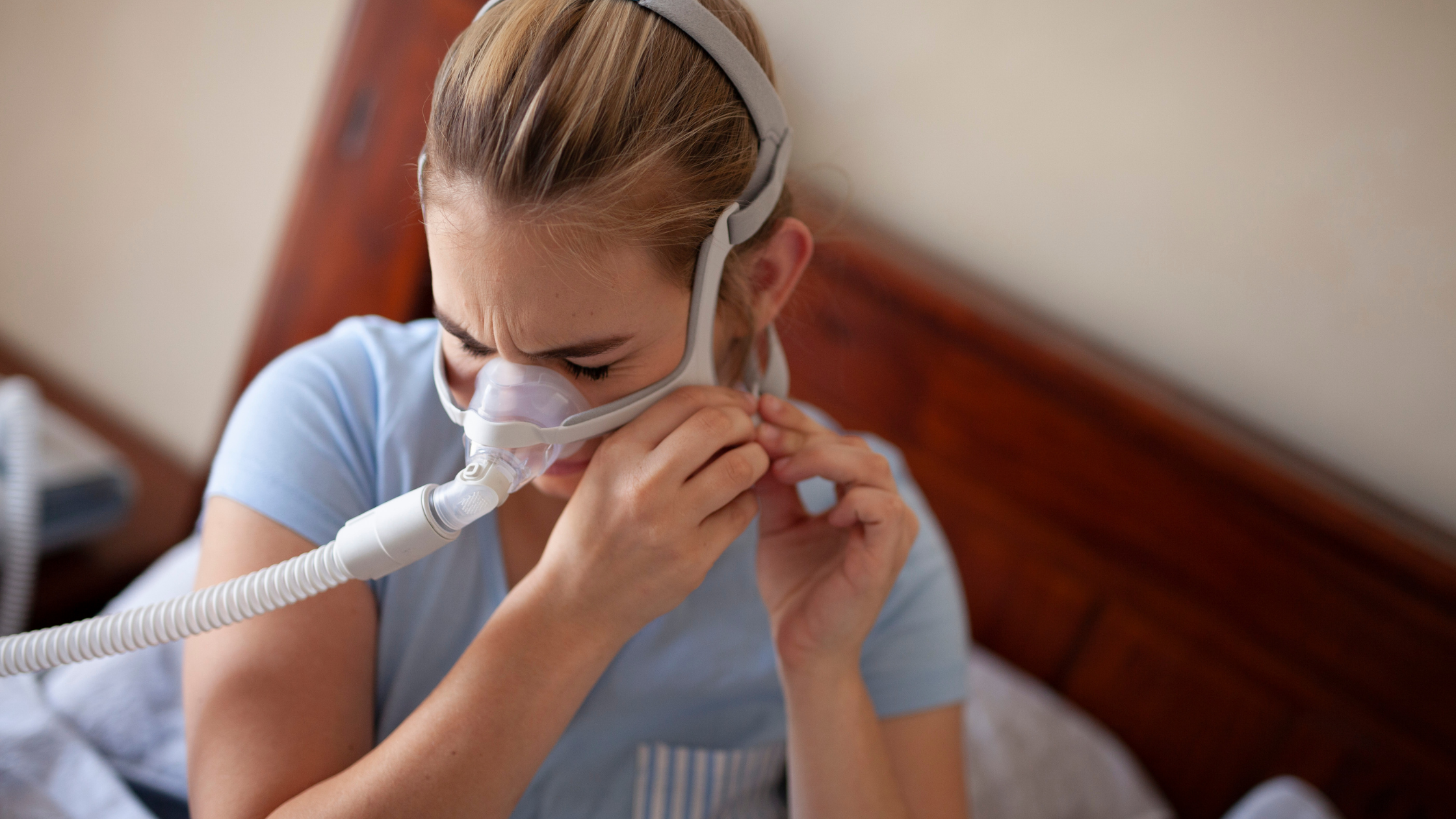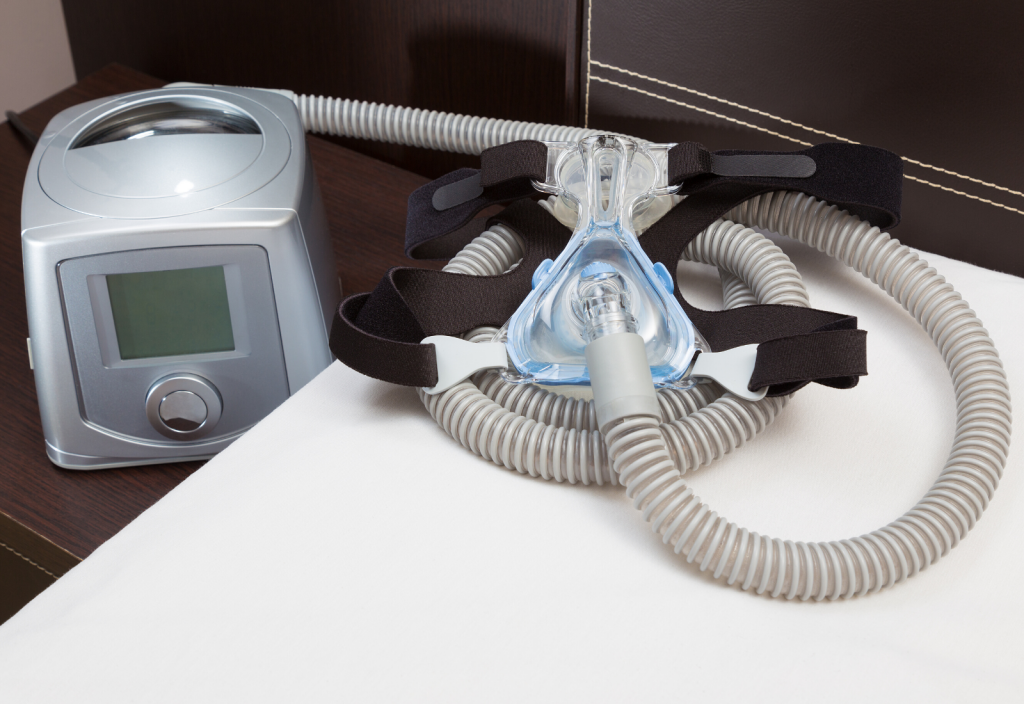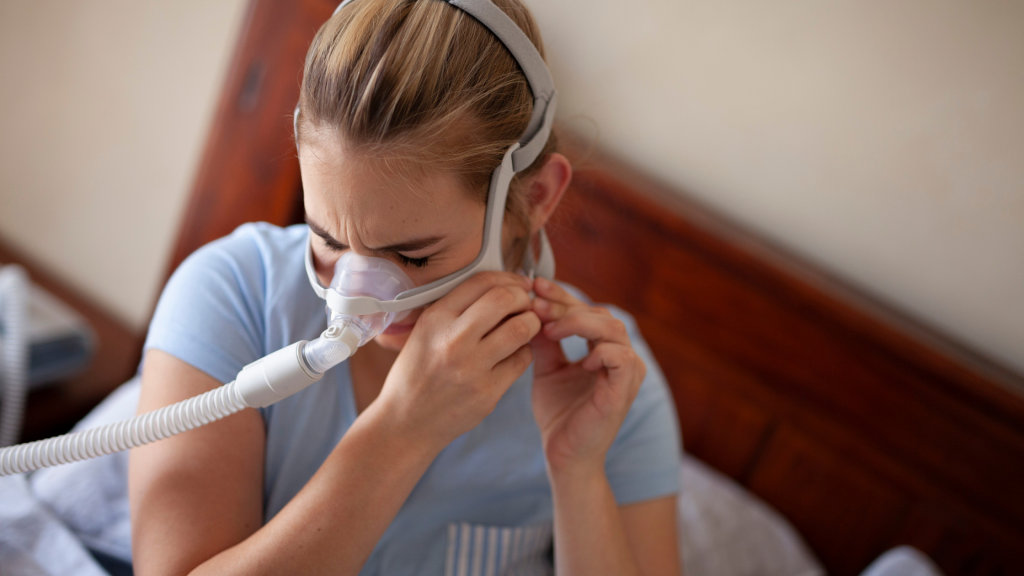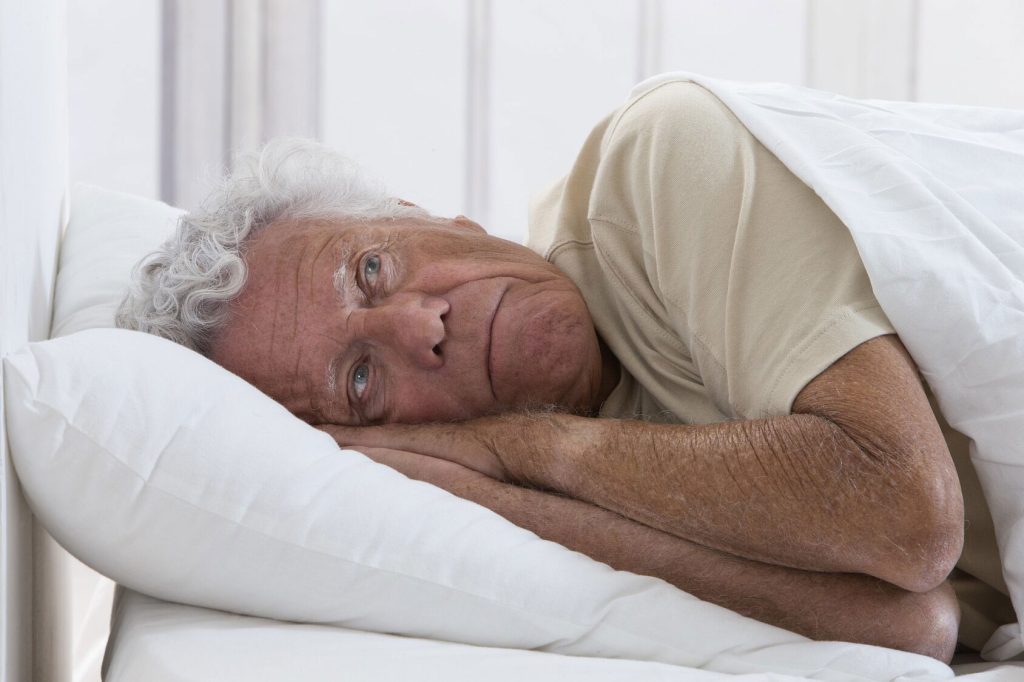CPAP Machines or Continuous Positive Airway Pressure Machine is the most common treatment there is for obstructive sleep apnea. Just like any other equipment, they do come with a few frustrations. Here are 10 tips on how you can avoid CPAP machine problems.
10 Tips To Avoid CPAP Machine Problems
CPAP Machines or Continuous Positive Airway Pressure Machine is the most common treatment there is for obstructive sleep apnea. This machine uses a hose, mask or a nosepiece to deliver constant air pressure while you sleep.
Just like any other equipment, they do come with a few frustrations including a leaky mask, problem falling asleep, dry mouth and stuffy nose. But the good news is that you don’t have to use something that does not work for you. You can choose from a wide variety of options and you can find a mask that is more comfortable and adjustable for you.
Here are 10 of the most common CPAP problems and what you can do about it:
1. Using the wrong style or size
Everyone has different face shapes so it’s important to work closely to your doctor and your CPAP supplier to make sure yours fits properly.
Try different masks – A range of CPAP masks are available so you should try different masks to find the right one for you. Some features full face masks that can cover your mouth and nose, some have straps, and some are perfect for people who feel claustrophobic.
Other masks feature nasal pillows that can fit under your nose and have straps that can cover your face. Nasal pillows work well if you have glasses or if you want to read with the mask on because it does not block your eyes as much. However, this may not be a great option if you sleep on your side or move around while you sleep.
Pay attention to size – Most masks have different sizes. Just because one fits it does not mean the others will be the same size. Most CPAP masks are adjustable.
Proper fitting masks should not be uncomfortable and should not cause you any pain. Ask your doctor or supplier for help to get the best fit.
2. Trouble getting used to your CPAP device
To get used to your CPAP device, you should try it for short periods of time in the morning while you’re awake, even while watching TV. Once you get used to how it feels, you can start using your CPAP device every night – including naps. Wearing it for only a few times will delay getting used to it. Just stick with it for a few weeks to see if the fit and pressure is right for you.
3. Difficulty tolerating forced air
To overcome this, you have to get a machine with the “ramp” feature. This allows you to start off with low air pressure then it slowly increases automatically to your prescribed setting as you sleep.
If this does not help, just talk to your doctor about changing to a device that can constantly and automatically adjust the pressure. An example is a bi-level positive pressure machine or BPAP that delivers you more pressure when you inhale and less pressure when you exhale.
4. Dry and stuffy nose
Check if your mask fits well. A leaky mask can dry out your nose. Straps can help prevent air leakage when your mask does not fit properly.
Some CPAP machines feature a heated humidifier that attaches to the air pressure machine and this can help too. You can adjust the humidification level. A nasal saline spray before bedtime can also help ease a dry, stuffy nose.
5. Feeling claustrophobic
Practising wearing your mask while you’re awake is the best solution to this problem. Try using it without all the other parts first then try and wear it with the straps.
Next step is to hold the mask with the attached hose on your face without the straps. Turn on the machine and turn on the ramp feature too if it has it. Then do this using the straps too before finally sleeping with the mask and the machine on.
Another solution is to have relaxation exercises, it can help reduce anxiety. If you still feel claustrophobic, talk to your doctor or supplier. They can help you get different size masks or styles like those with nasal pillows.
6. Leaky mask, skin irritation or pressure sores
If your CPAP mask does not fit you well it can lead to irritation and may also cause dry and teary eyes when the air blows into your eyes while you sleep.
Adjusting the pads and straps can help you get a better fit. If your device fits over your nose, make sure it does not sit too high on the bridge of your nose because this can blow air into your eyes.
You may need to ask help from your doctor or supplier especially if you have some changes in their weight. Trying a different style can also help.
7. Difficulty falling asleep
Wearing the mask alone during the day can make it easier for you to fall asleep with it during the night. Getting a machine with the ramp feature can also make you more comfortable during bedtime.
Following a sleep routine can also be helpful. Regular exercising and avoiding any caffeine or alcohol can help you relax more and make you fall asleep faster.
8. Dry mouth
If you’re used to sleeping with your mouth open then a CPAP machine can also worsen it for you. Using a chin strap to keep your mouth closed can help reduce the air leak when you wear a nasal mask.
Those full-face masks that cover both your mouth and nose can also work well. A CPAP-heated humidifier can also help.
9. Unintentionally removing the CPAP machine at night
It is completely normal to wake up with the mask already removed. If you move a lot when you sleep, a full face mask will be a better option for you.
A chin strap can help keep the device on your face. And if you’re congested, adding a CPAP-heated humidifier may also help.
If this has been a consistent problem, setting up an alarm so you can check if it’s still on is a great idea.
10. Bothersome noise
Most CPAP devices nowadays are almost silent. If you find your device to be noisy, make sure to check if the air filter is unblocked because this may produce noise. You can ask your doctor or supplier on how you can properly clean your mask.
If it does not help, have them check if the device works properly. If it’s working fine and still bothers you, wearing earplugs or using a white noise machine can mask the noise. You can also place the machine as far away from the bed as you can.
We know that using CPAP devices may be frustrating at first but it’s important that you stick with it. It’s a great treatment to avoid any complication to your sleep apnea, like heart problems and daytime sleepiness.
Regular visits to your sleep doctor and supplier are very important in troubleshooting any problems. It may take a while to find the right settings but with time and patience, CPAP can positively affect life and health.









